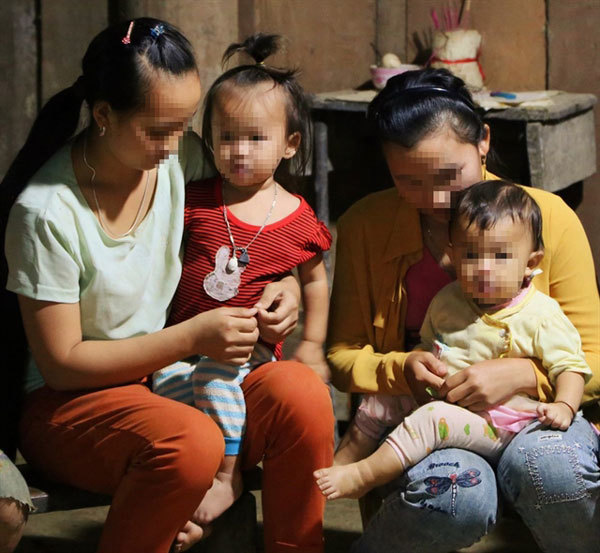 |
| Girls of H'mong ethnicity in Nong truong Moc Chau Township, Moc Chau District, Son La Province. VNA/VNS Photo |
The study, released by the World Bank (WB) and Vietnam’s National Institute of Nutrition, is the latest comprehensive research on persistent malnutrition in the ethnic minorities.
Ethnic minorities account for 73 per cent of the poor in the Southeast Asian country.
According to the report, the rate of malnutrition in Vietnamese children remarkably decreased over the last two decades, from 36.5 per cent diagnosed with stunted growth in 2000 to 24.6 per cent in 2015.
The disparities between children of ethnic minorities and those of Kinh people who have the largest population in Việt Nam, however, grew larger over time.
There was approximately 31 per cent of minority children stunted in 2015, more than doubling the rate of Kinh people at 15 per cent and the average national rate at 17.5 per cent.
“Despite Vietnam’s impressive progress in reducing the rate of malnutrition over the past two decades, ethnic minorities children still lag behind, and the disparity is widening,” said WB country director for Viet Nam Ousmane Dione.
“The next phase of efforts on malnutrition should be more targeted, concentrating on the provinces with the highest problems, to create a breakthrough.”
Poverty was believed to be the root of rampant malnutrition in the ethnic communities, as the report found only 39 per cent of children of two years old and younger received a nutritionally adequate diet.
Undernourishment in such time span – which is dubbed the first golden 1,000 days in a child’s life – can lead to extensive and largely irreversible damage to physical growth and brain development, according to the United Nations Children’s Fund (UNICEF).
Malnutrition is a worldwide issue which is proved to be the cause of death for 45 per cent of children aged below five and also leaves long-term negative impacts on a person’s productivity and lifelong income.
The economic costs of undernourishment are estimated to bring a country’s gross domestic product (GDP) down by between 2 and 10 per cent, according to the WB. — VNS

Schools become home for ethnic children
School has gotten that little bit better for disadvantaged children in the central province of Nghe An.

WB, UNICEF to help address child undernutrition in Vietnam
The World Bank (WB) and the United Nations Children’s Fund (UNICEF) have called for solid steps to handle undernutrition among Vietnamese children.

Ethnic-minority groups face child, incestuous marriages
Both child marriages and incestuous marriages among ethnic minority groups have been a long-term problem for local administrations in Nghe An and Quang Binh, although they have taken measures to curb them over the years.
 One in every three ethnic minority children suffers from stunted growth, while one in five is underweight, according to the findings of a new report.
One in every three ethnic minority children suffers from stunted growth, while one in five is underweight, according to the findings of a new report.